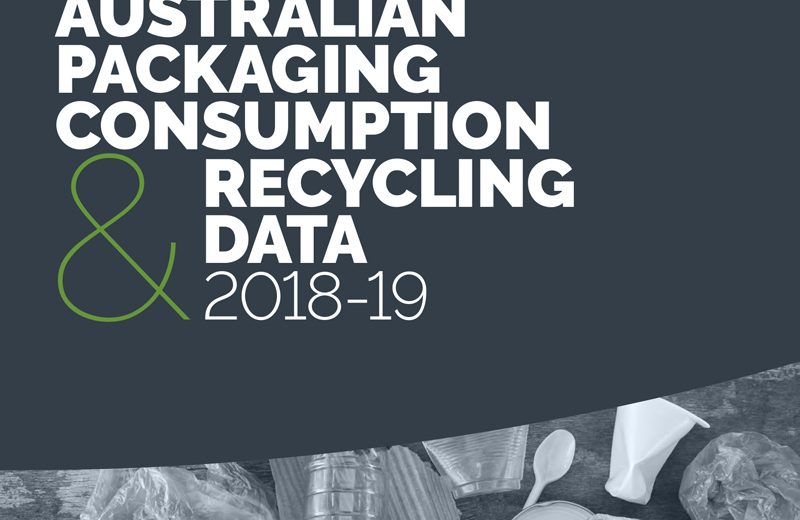APCO has published the next iteration of the ‘Australian packaging consumption and recycling data 2018–19’ report today, tracking progress towards the 2025 National Packaging Targets.
This is the second in a series of annual publications, originally launched last year, mapping the state and fate of packaging in Australia. The current report’s findings indicate that overall trends are positive, and Australia is making progress towards the 2025 Targets year-on-year. However, significant action from stakeholders across the supply chain is still required if Australia is to meet the 2025 Targets.
The key 2018–19 benchmarking results include:
- Target 1: 100% reusable, recyclable or compostable packaging.
- Result: Proportion of recyclable packaging increased from 88% to 89%
- Target 2: 70% of plastic packaging being recycled or composted.
- Result: The plastics recycling rate increased from 16% to 18% (Figures are higher for individual polymers e.g., 36% of PET and 23% of HDPE were recycled).
- Target 3: 50% of average recycled content included in packaging (revised up from 30% in 2020).
- Result: average recycled content increased from 35% to 38%
- Target 4: The phase out of problematic and unnecessary single-use plastics packaging.
- Result: apparent reductions in some of the priority materials – PS, EPS, PVC.
The report shows improvements to packaging sustainability in a range of areas including a reduction in the volume of plastic (-6%) and an increase in the volume of recyclable packaging on market.
This year’s report also contains new data exploring the volume of packaging in landfill and reusable packaging formats.
- 2.9 million tonnes of packaging were disposed to landfill in 2018-19, accounting for 50% of the total amount of packaging placed on market.
- The impacts of landfilling instead of recycling these materials include
- lost economic value of around $520 million (the value of this packaging if it had been sorted and diverted to recycling instead of landfill),
- an additional 2 million tonnes of CO2 emissions.
The 2020 report also quantified reusable packaging for the first time. The pilot project examined material flows associated with five common reusable packaging systems, which were found to avoid the use of an estimated 1.7 million tonnes of single-use packaging. This demonstrates the enormous potential of reusable packaging systems to reduce consumption of single-use packaging.
You can read find the reports here:
- Executive Summary
- Full Report
- Australian Packaging Consumption and Resource Recovery Data 2017-2018 (prior period)
The National Retail Association is a member of APCO and is extensively involved in sustainability initiatives, including lightweight plastic bags and other single-use plastics bans across all jurisdictions. We represent retailer perspectives and ultimately encourage national consistency to prevent negative impacts and confusion.
Retailers seeking more information, clarification or personalised advice on how to successfully manage sustainability initiatives should contact the NRA Policy team at policy@nra.net.au
.

